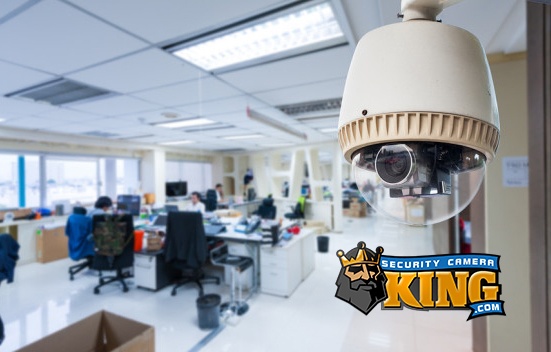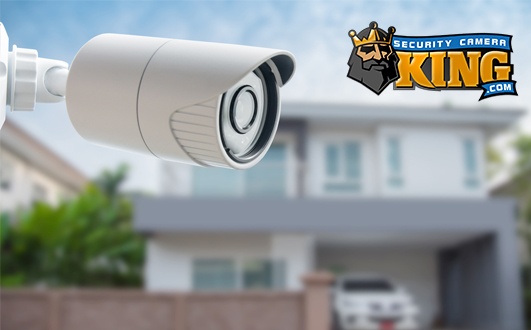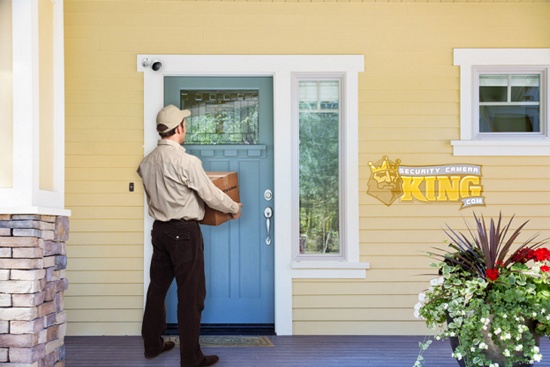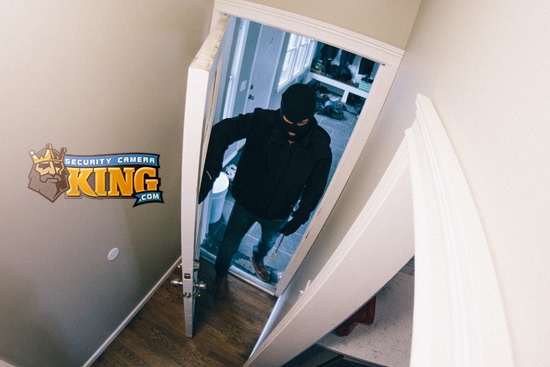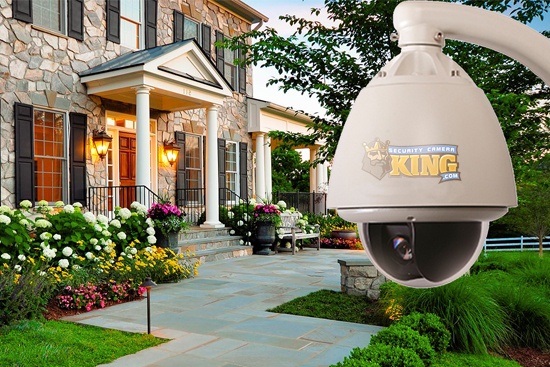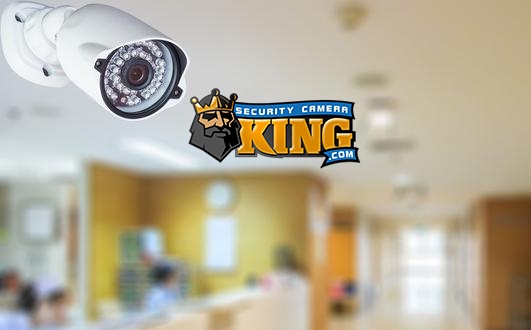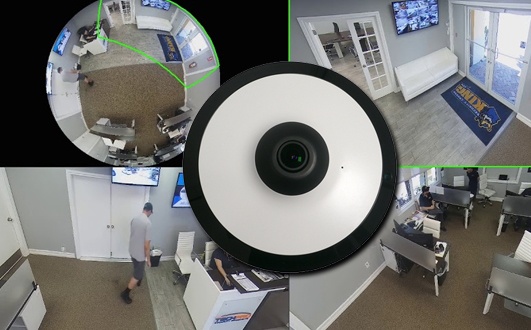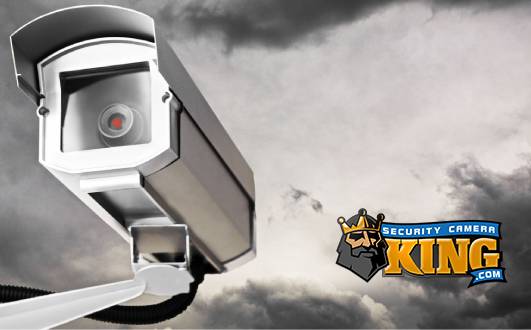When it comes to closed circuit television or CCTV systems, there are lots of different brands and types of systems to choose from. I am going to cover the differences between standard analog systems and HDCVI or High Definition Composite Video Interface (analog’s replacement in the near future). For the price of a high-end analog CCTV system, you can get an HDCVI system that will knock your socks off!
Analog Closed Circuit Television System

Analog camera systems are the vast majority of camera systems on the market that are in use by the typical surveillance consumer. The best way that I can describe what the footage from these cameras looks like is the typical 7-11 robbery video that you see on the nightly news. With a standard analog camera system, the highest resolution you will get is 960h or 928×480 and most will only produce a standard D1 resolution of 704×480 or essentially 480i. This is equivalent to what television stations broadcast up until June of 2009. After the transition, all “full-power TV Stations” went into broadcasting HD. One of the best examples of the quality of the new transmission is before the change all the news personalities never had to worry too much about their complexion, after the change you could see the pores on these people and the makeup artists had to start working overtime to deal with the added details in their clients.
With a traditional closed circuit camera system, you will typically have a DVR (Digital Video Recorder) for encoding and storing of the video. A cable from the DVR location to the camera location, typically either a plug-and-play premade cable or a Siamese cable; there also could be an Ethernet cable with baluns used as well. A balun simply converts an Ethernet cable to a standard BNC connection; some can also send power and audio over the same Ethernet cable. A power supply is needed to power the camera from the DVR location. A camera with a BNC connector on it typically is under 700TVL or 700 TV lines.
Some of the higher end analog systems have great picture quality and are suitable for some people on the market, but with the fact that as a society, we have grown to expect better definition on any image or video we see. Over time, we will look back on analog camera systems the way we look back at vintage footage.
HDCVI Closed Circuit Television System

Now you are probably wondering what the heck, another acronym in the security industry! HDCVI actually stands for High Definition Composite Video Interface, but think of it as high definition over any cable type. With HDCVI you will currently be able to get 720p high definition video, with 1080p resolution video in the very near future. While you can technically run HDCVI over any existing security camera cabling that has copper in it, the better the cable the better the results you will see. Let me explain that a little further. To receive the absolute best picture out your HDCVI system you should use either RG59 or RG6 Siamese cable. With most RG59 and RG6 cables on the market, they have more copper in them than most other cable types, and the shielding that surrounds the core helps to prevent interference from outside sources. The next best cabling method would be Ethernet cable (Cat5e/Cat6), preferably a high quality, with baluns. This is because with all the options of cabling this is the second best cable as far as copper content. You can use standard Plug and Play BNC cables, but keep in mind that the better the cable the better the video.
With HDCVI camera systems, you do get the same truly closed circuit television system that you are used to with an analog system, unlike what you get with an IP megapixel camera system. What that means is that all the cameras come directly back to the DVR (Digital Video Recorder) which is where the video is encoded and stored on the internal hard disk drive. This isolates the cameras from the network unless you have the unit connected to the network. Even when the system is connected to the network, it is protected by a three failed attempt lockout. What that means is that even if someone finds the system, if they fail three times on guessing the password, the system locks the account from access and continues to keep on operating as normal. It just helps to prevent unauthorized access to your surveillance system. With the fact that the DVR is doing all of the encoding, this helps to prevent lag in the video. What that means is that what you are truly looking at is what is going on in real time and not having the second or so delay from the live shot to what you are seeing. This is typically a downfall in an IP megapixel camera system. Another advantage of HDCVI camera systems are that all the OSD (On Screen Display), PTZ (Pan Tilt Zoom) control, and audio can be transmitted over the single coaxial cable that is also sending the video from the camera to the DVR.
In conclusion, if you are looking for a new security system, you can go with different options. You can go the traditional analog camera system route and have it be obsolete in a year or so. You can go with an HD-SDI (High Definition – Serial Digital Interface) camera system, which will give you some temporary benefits over HDCVI right now, but will be obsolete in a few years. You can go with an IP megapixel system that will give you the ability to constantly upgrade over the years. Alternatively, you can go with an HDCVI system which has some minimal limitations on the resolution at the time being, but this is the technology that will wipe analog and HD-SDI camera systems off the market. The cost of these HDCVI systems are only a few dollars more than a high end analog system.



